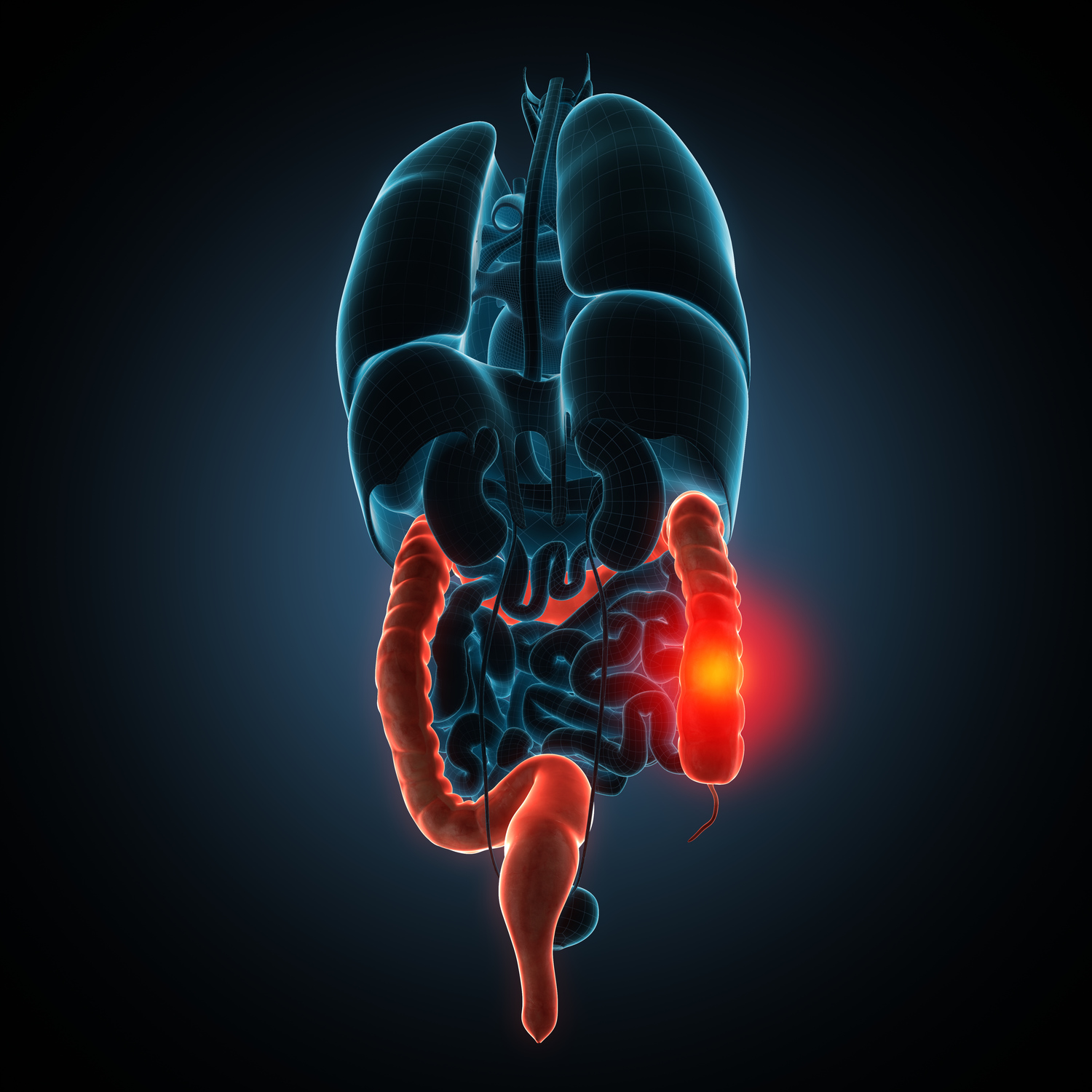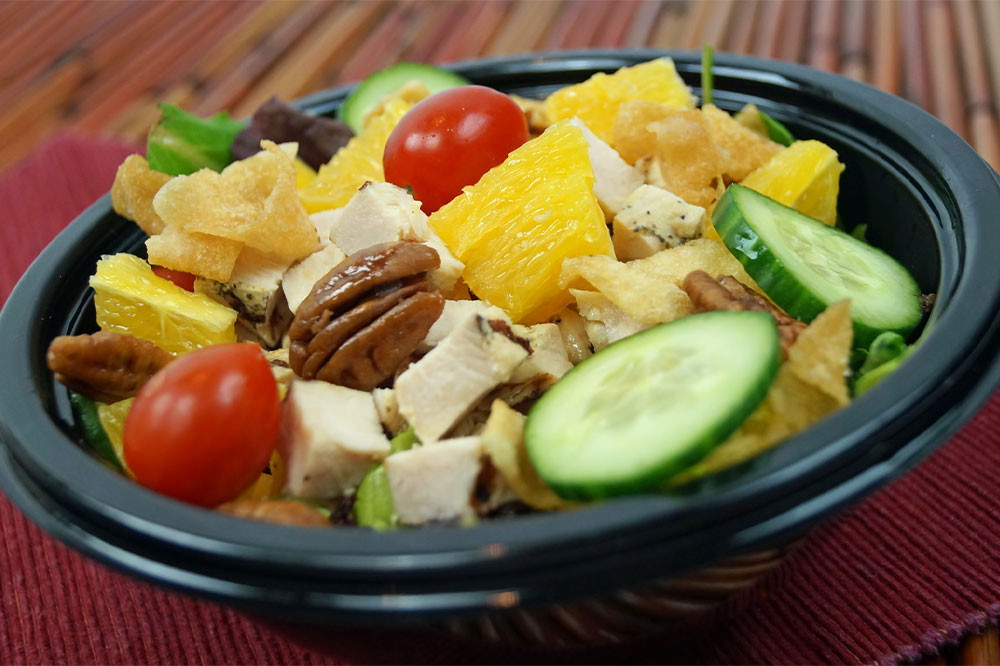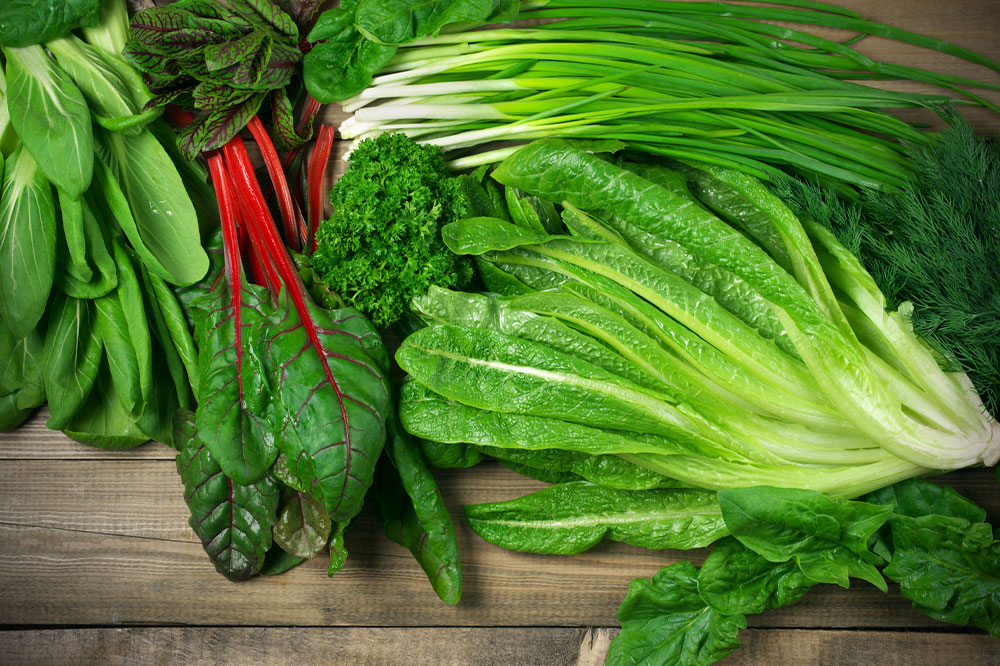Comprehensive Guide: Top 5 Foods to Relieve Crohn’s Disease Symptoms and Manage Flare-Ups
Discover the top 5 foods that can help alleviate Crohn’s disease symptoms and reduce flare-up severity. This comprehensive guide offers dietary strategies, emphasizing easily digestible options like refined grains, cooked vegetables, low-fiber fruits, fermented dairy, and lean proteins to support gut health and improve quality of life for Crohn’s patients.

Comprehensive Guide: Top 5 Foods to Relieve Crohn’s Disease Symptoms and Manage Flare-Ups
Crohn’s disease is a complex, chronic inflammatory condition that primarily affects the gastrointestinal (GI) tract. It is characterized by unpredictable flare-ups and periods of remission, often leading to debilitating symptoms such as persistent abdominal pain, frequent diarrhea, severe fatigue, unintentional weight loss, and rectal bleeding. The severity of symptoms can significantly impair daily activities, reduce quality of life, and increase the risk of nutritional deficiencies. According to medical research, diet and nutritional management play crucial roles in controlling disease activity and symptom severity.
Understanding which foods can help alleviate symptoms and prevent flare-ups is essential for anyone living with Crohn’s disease. While there is no universal diet that cures the condition, incorporating certain foods can support gut health, reduce inflammation, and minimize discomfort. This comprehensive guide explores five of the most effective foods that can help manage symptoms, especially during flare-ups, and provides practical tips for adjusting your eating habits to achieve better control over your condition.
Understanding Crohn’s Disease and the Importance of Diet Management
The primary cause of Crohn’s disease remains unknown, but it is believed to involve a combination of genetic, environmental, immune system, and microbiome factors. The inflammation caused by the immune system attacking the GI tract leads to tissue damage and the characteristic symptoms. Managing this ongoing inflammation and preventing flare-ups are critical to improving patients’ quality of life. While medications like anti-inflammatory drugs, immune suppressants, and biologics are the mainstay of treatment, dietary strategies can significantly complement medical therapy.
Dietary management aims to reduce intestinal inflammation, support nutritional intake, and avoid foods known to trigger symptoms. During flare-ups, choosing easily digestible and low-residue foods can help soothe the gut. Conversely, during remission, a well-balanced diet rich in diverse nutrients can promote healing and stability.
Top 5 Foods that Help Ease Crohn’s Symptoms
Incorporating the right foods into your diet during active episodes can make a meaningful difference. Here are five foods particularly beneficial for managing Crohn’s symptoms and minimizing flare-up severity:
1. Refined Grains: Gentle on the Digestive System
Refined grains such as white bread, white rice, plain pasta, and pancakes are excellent choices during Crohn’s flare-ups. Unlike their whole-grain counterparts, refined grains have been stripped of most of their fiber content, rendering them easier to digest. Consuming these foods can help reduce mechanical irritation and inflammation within the intestines, easing symptoms like diarrhea and abdominal discomfort.
Refined grains also provide a quick source of easily absorbable carbohydrates, which support energy needs without taxing the gastrointestinal tract. They are often recommended during active disease phases but should be balanced with nutrient-dense foods when symptoms subside to maintain overall nutritional health.
2. Cooked Vegetables: Nutrients Without Excess Fiber
Vegetables are vital for a healthy diet, but raw vegetables and their skins can be high in fiber, which may aggravate inflammation during flare-ups. Cooking vegetables thoroughly breaks down fiber and makes the nutrients more accessible, helping to reduce bowel irritation. Examples include cooked asparagus, carrots, potatoes, zucchini, and squash.
Removing seeds, skins, and fibrous parts further minimizes irritation. These cooked vegetables supply essential vitamins, minerals, and antioxidants that support immune health and reduce inflammation. Incorporating well-cooked vegetables into meals can help maintain gut health and prevent symptom aggravation.
3. Low-Fiber Fruits: Gentle Nutrition for Sensitive Digestion
Fruits are nutritious and hydrating but are often high in fiber, which may worsen symptoms during a Crohn’s flare-up. Opting for low-fiber fruits like bananas, honeydew melon, peeled peaches, and canned or cooked fruits ensures gentle digestion while still providing vital nutrients. Bananas, in particular, are rich in potassium and pectin, which can help soothe the digestive tract.
These fruits support bowel health, replenish lost electrolytes, and prevent dehydration—common issues during diarrhea episodes. Including low-fiber fruits in the diet can help in symptom management without compromising nutrition.
4. Fermented Dairy Products (Low-Fat): Promoting Gut Microbiota Balance
Fermented dairy products such as kefir, yogurt with live cultures, and certain cheeses contain probiotics—beneficial microorganisms that support a healthy gut microbiome. A balanced microbiome can reduce intestinal inflammation, mitigate bloating, and improve overall digestion.
It’s important to choose low-fat options to minimize fat-induced gastrointestinal discomfort. Probiotics in these foods have been shown to help restore gut harmony, potentially reducing disease activity and improving the patient’s quality of life. Always select products with live active cultures and consult your healthcare provider regarding probiotic use.
5. Lean Protein Sources: Supports Tissue Repair and Gut Health
High-quality, lean proteins such as fish, eggs, tofu, and soy products are excellent options for supporting intestinal healing and maintaining muscle mass during Crohn’s disease management. Fish like salmon and mackerel are rich in omega-3 fatty acids, which have anti-inflammatory properties that can help reduce disease activity.
Eggs and plant-based proteins like tofu provide essential amino acids needed for tissue repair and immune support without aggravating inflammation. Consuming adequate protein is crucial, especially during remission, to facilitate recovery and maintain overall health.
Additional Tips for Managing Crohn’s Disease Through Diet
Besides incorporating these five foods, patients should be mindful of other dietary strategies:
During flare-ups, avoid trigger foods such as spicy dishes, greasy foods, high-fiber raw vegetables, nuts, seeds, and certain dairy products like full-fat milk or cheese.
Maintain a food diary to identify personal triggers and monitor symptom patterns.
Eat small, frequent meals instead of large, heavy ones to lessen gastrointestinal burden.
Stay well-hydrated, especially during bouts of diarrhea, to prevent dehydration.
Consult with a registered dietitian specializing in inflammatory bowel disease (IBD) to personalize dietary plans and ensure nutritional adequacy.
Conclusion: Effective Dietary Management Can Improve Quality of Life
Living with Crohn’s disease involves a multifaceted approach that combines medical treatment with strategic dietary choices. The foods discussed—refined grains, cooked vegetables, low-fiber fruits, fermented dairy, and lean proteins—can significantly contribute to reducing inflammation, alleviating symptoms, and preventing severe flare-ups. Tailoring your diet according to your individual response and working closely with healthcare professionals can lead to better disease control and an improved quality of life. Remember, each person is unique, and what works for one may not work for another; patience and regular monitoring are key to successful management.





